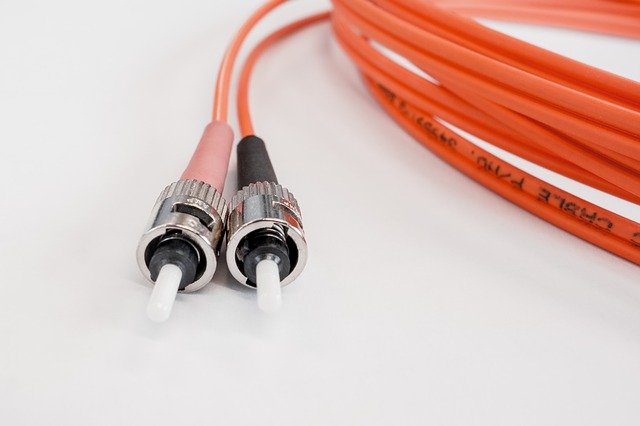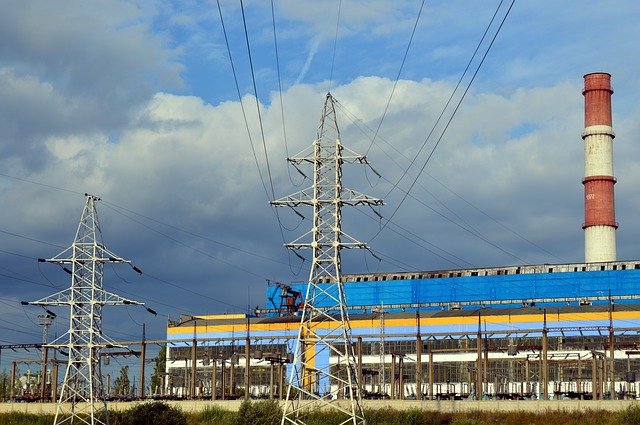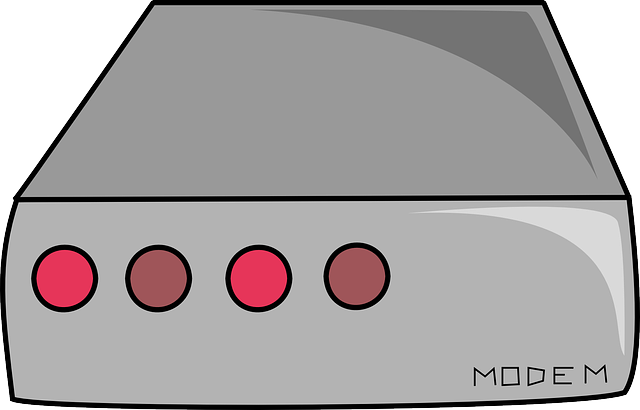Optical Ground Wire:
Transmission Line is not unknown to us. While travelling on a train, on a highway or even by river, these transmission lines can be seen. Moreover, students of Electrical Engineering can never overlook it. You must have noticed a very thin wire on the apex of the transmission tower. In short, this wire is termed as OPGW, which stands for Optical Ground Wire.

Uses of Optical Ground Wire and the reason for its naming:
- Mainly, Optical Fiber connects with the Grid Substation.
- It also helps in the work of grounding.
- Able to overthrow and suppress tremendous lightning.
It’s able to do duel works together. As a result, it was named “Optical Ground Wire.”
Structure and nature of Optical Ground Wire:
- The structure of the OPGW is tubular.
- Formed with the combination of more than one optical fibres.
- Layers of steel and aluminium surround it.
- Its conductive part acts as a grounding material and the sealed part acts as a lightning arrester.
- It looks like ACSR(Aluminium Cable Steel Reinforced) with the open eyes.
- The single-mode optical fibre in it can transmit both high-speed data and voice.
- Data loss is minimum in such fibres.
HISTORY:
In 1977, the British Insulated Callender’s Cables Company at first patented it. On the contrary, from 1980 it was extensively spread around the globe. In the year 2000, 60 km in the whole world was made into the optical ground station. In the beginning, China started marketing it.

Preparation of Optical Ground Wire:
- We take 8-48 optical fibres in a plastic tube.
- We insert this plastic tube into an aluminium coated tube.
- To be free from the excess pressure of the glass fibre, we add additional fibres to it.
- By adding additional fibre, the act if the creation of a type of buffer tube helps to save from the rainwater.
- Afterwards, along with the buffer tube, we insert it into aluminium steel reinforced type cable. It is similar to matchbox. Just like, many match sticks are there in a matchbox.
- In an optical fibre bundle, we can find 144 optical fibres at most.
Which technology was used before OPGW?
OPGW is a fancy technology for substation-to-substation communication. Before that, to conserve communication the use of power line carrier communication was very evident. In this process, the use of a web trap is simply only for communication.
What is Wave Trap?
The transmission of electrical signals and communication signals is simultaneous in the power line carrier system. Wave trap helps to separate communication signals from these two types of signals.
Optical Ground Wire installation:
Weatherproof splicing box is used in the installation of an OPGW transmission line. This helps to connect the line with one terminal to another. Its name is junction box.
Bandwidth Sharing Business:

Currently, the most popular connection system in the substation is SCADA Technology (Supervisory Control and Data Acquisition System). OPGW is an irreplaceable weapon for this technology. With the help of OPGW, sending of voice or data at the speed of light from one terminal to another is very simple. The power grid company of Bangladesh is able to sell bandwidth to third party telecom companies after its consumption. Robi, Grameenphone share PGCB’s OPGW to provide internet services to their consumers.
Why is it used besides the Public Telephone Network?
In order to understand it, we need to be clear about bandwidth first. Bandwidth is the rate of how much binary data can travel per interval of time through a radio/fibre channel. In short, we can call it data speed. For example, the account of the number of vehicles that can travel on a road at a time. Again, traffic jam happens when the amount of vehicles is more. In the same way, in a public telephone network, the bandwidth will be less. As a result, calls might be disrupted on emergencies. Transmission takes more time.
My previous articles: Hunting Effect and Tiger-Lion racing competition



